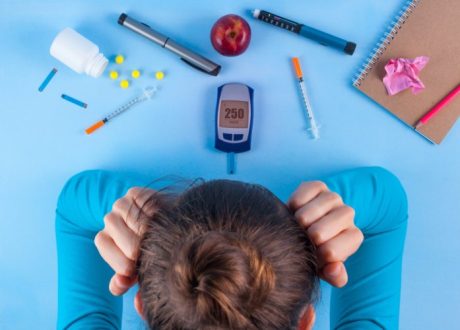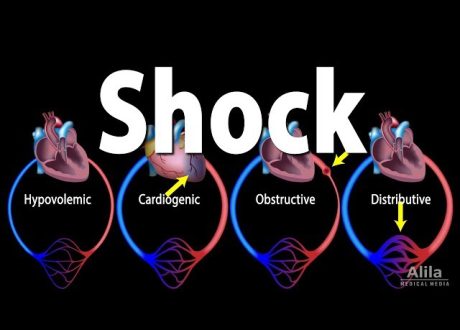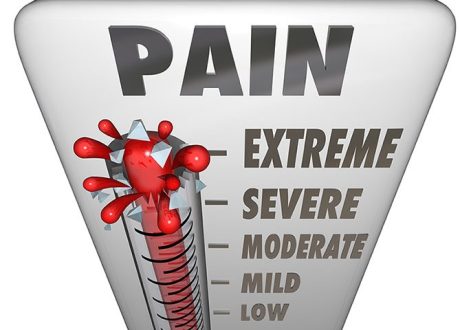By Amy Orciari Herman
Edited by David G. Fairchild, MD, MPH, and Lorenzo Di Francesco, MD, FACP, FHM
Check out some of the latest COVID-19 news: November 10 2020
Monoclonal antibody treatment authorized: The FDA has issued an emergency use authorization (EUA) for a monoclonal antibody treatment for mild-to-moderate COVID-19. Bamlanivimab is authorized for patients who test positive for SARS-CoV-2, are aged 12 years or older, weigh at least 40 kg, and are at increased risk for progression to severe COVID-19 or hospitalization. Those at increased risk include adults 65 and older and patients with certain medical comorbidities. The treatment should be given as soon as possible and within 10 days of symptom onset, the manufacturer says, and it is not authorized for hospitalized patients or those who require oxygen therapy. The EUA is based in part on a secondary outcome from a randomized, placebo-controlled, phase 2 trial of bamlanivimab: In an interim analysis, the 28-day incidence of hospitalization or emergency department visit among those at high risk for disease progression was roughly 3% in bamlanivimab recipients versus 10% in placebo recipients. The manufacturer says it expects to produce up to one million doses by the end of the year, with increased production in early 2021.
Mobility patterns & infections: Reducing maximum occupancy at certain public venues will do more to limit SARS-CoV-2 transmission than reducing mobility overall, researchers conclude in Nature. The researchers used cell phone data to track people’s movements to over 550,000 different locations (e.g., restaurants, religious venues) in 10 large U.S. metropolitan areas between March and May 2020. They then incorporated these data with a SARS-CoV-2 transmission model. Overall, they found that a minority of locations accounted for a majority of predicted infections, and they suggest that reopening plans emphasize restricting capacity at these “superspreader” locations. In addition, they found that lower-income people are more likely to become infected because they are less able to reduce their mobility and because the locations they visit tend to be smaller and more crowded. Accordingly, the researchers urge policymakers to advocate for emergency food distribution centers to help keep high-risk stores less crowded, as well as for better paid leave for essential workers so they feel they can stay home when they’re sick.
Mink-to-human transmission: A study in Science provides evidence that minks can transmit SARS-CoV-2 to humans. Researchers studied outbreaks among minks on 16 farms in the Netherlands. Of 97 farm contacts (e.g., farm residents, employees) who underwent serology or RT-PCR testing, over two thirds had evidence of SARS-CoV-2 infection. Whole genome sequencing showed an animal sequence signature in the strains found in humans, indicating the likelihood of zoonotic transmission to humans.
LINK(S):
FDA news release on antibody treatment (Free)
Manufacturer’s news release (Free)
Mobility patterns & infections study in Nature (Free PDF)
Mink-to-human transmission study in Science (Free)
NEJM Journal Watch COVID-19 page (Free)
NEJM COVID-19 page (Free)










